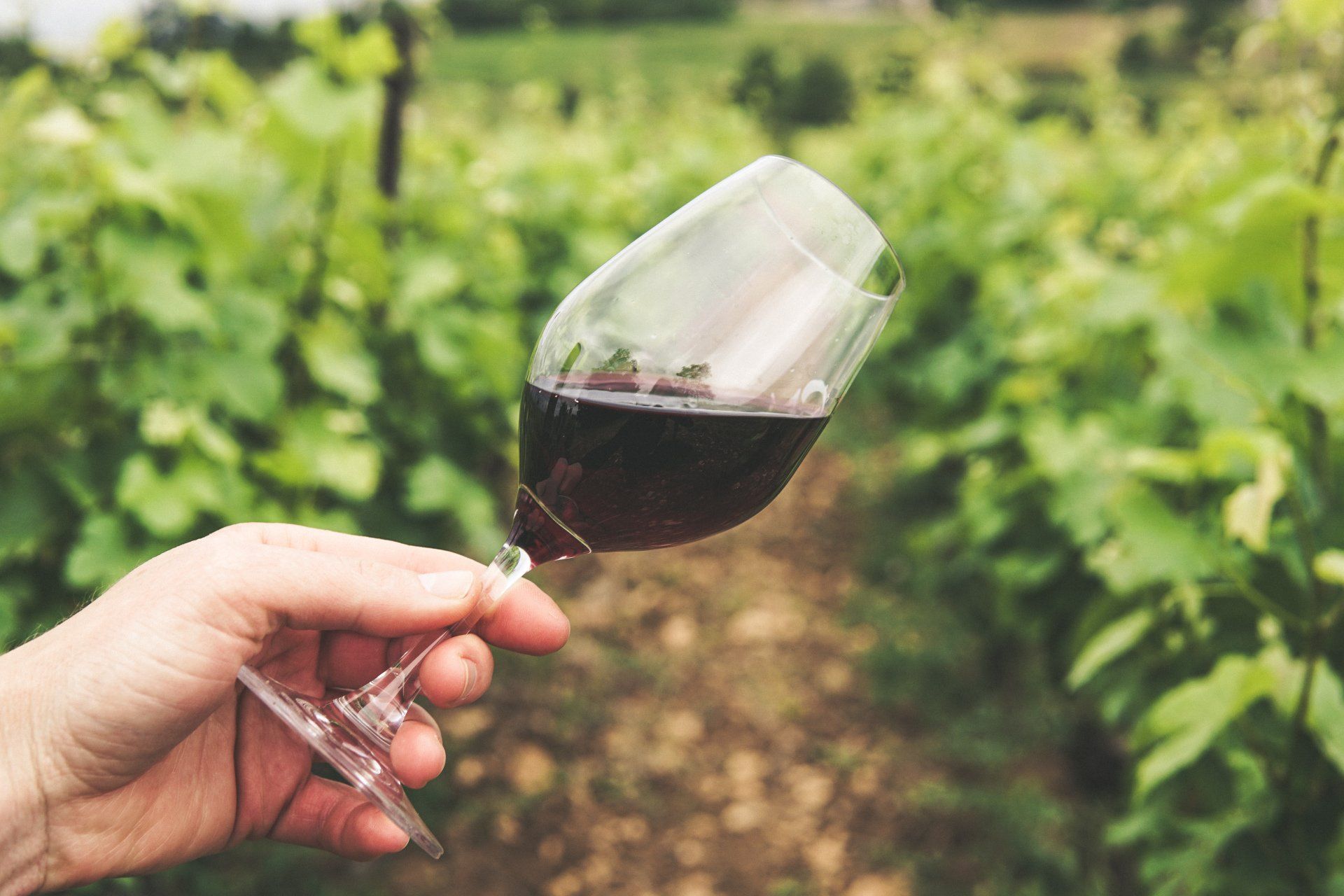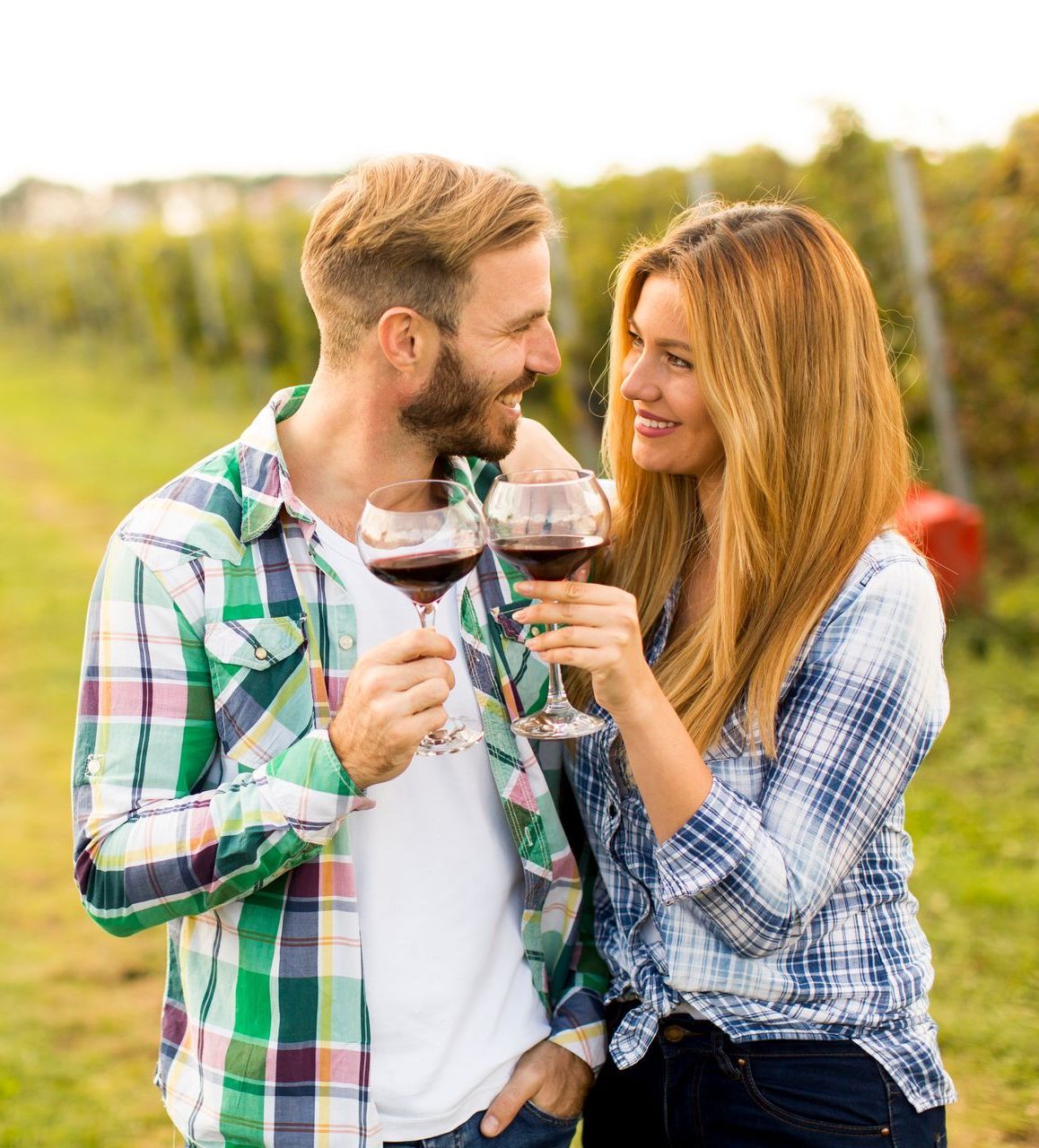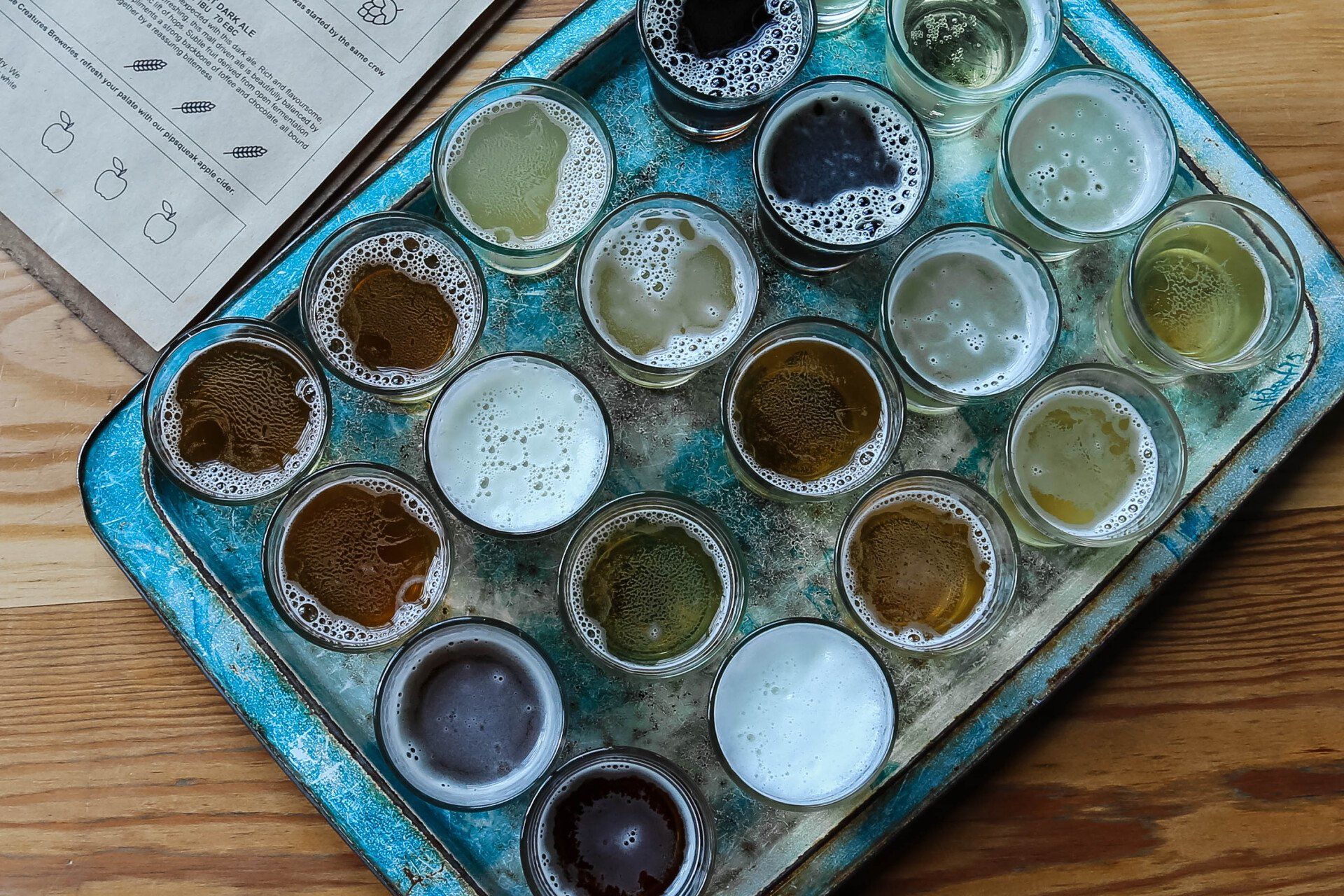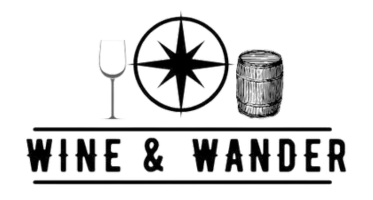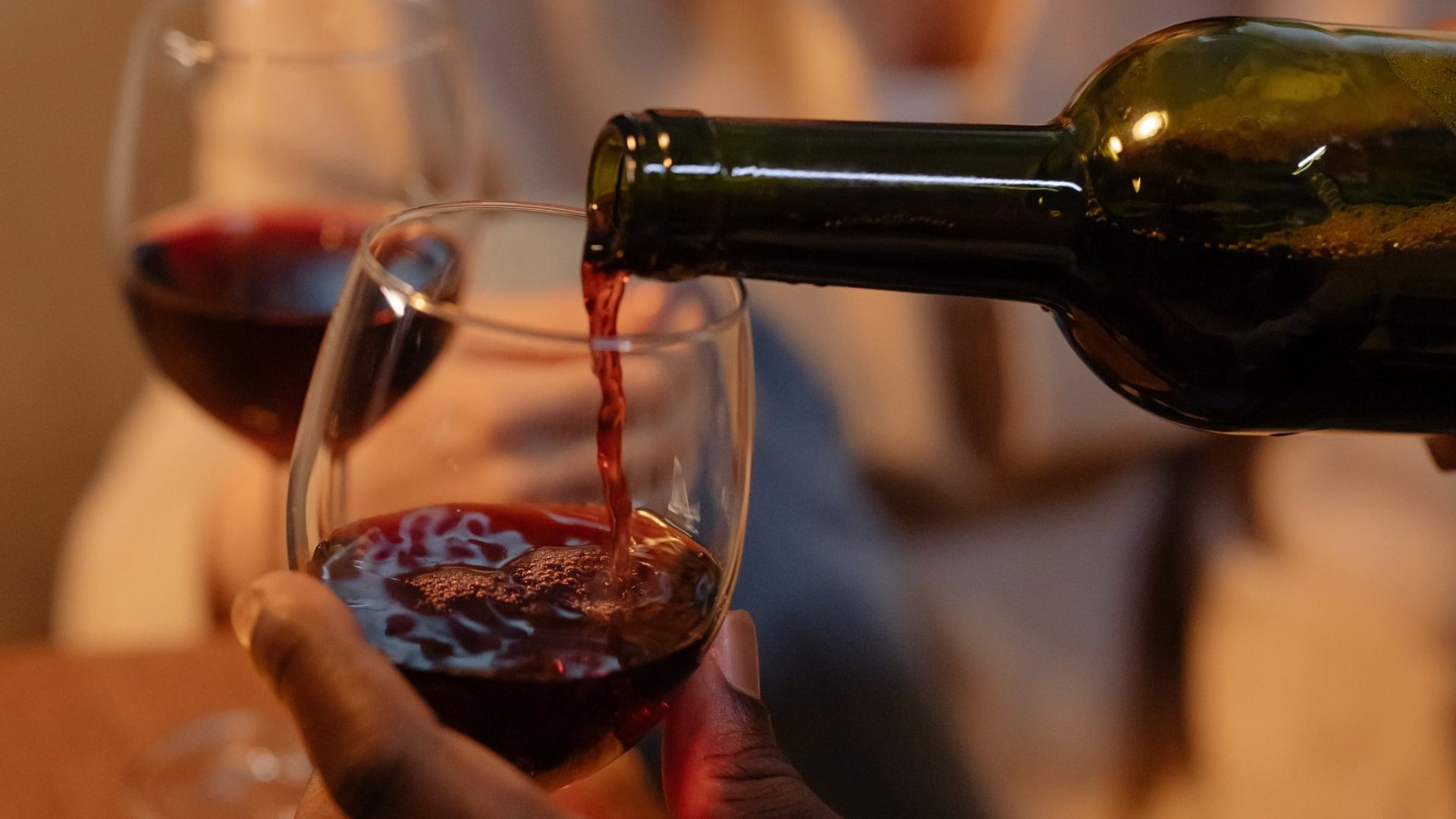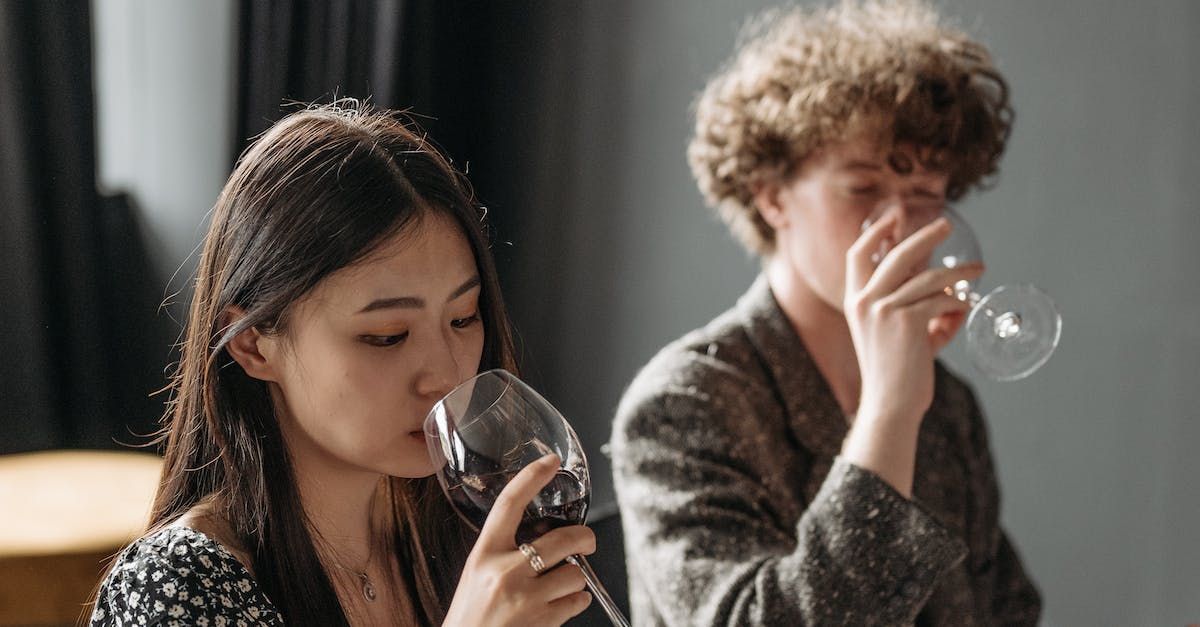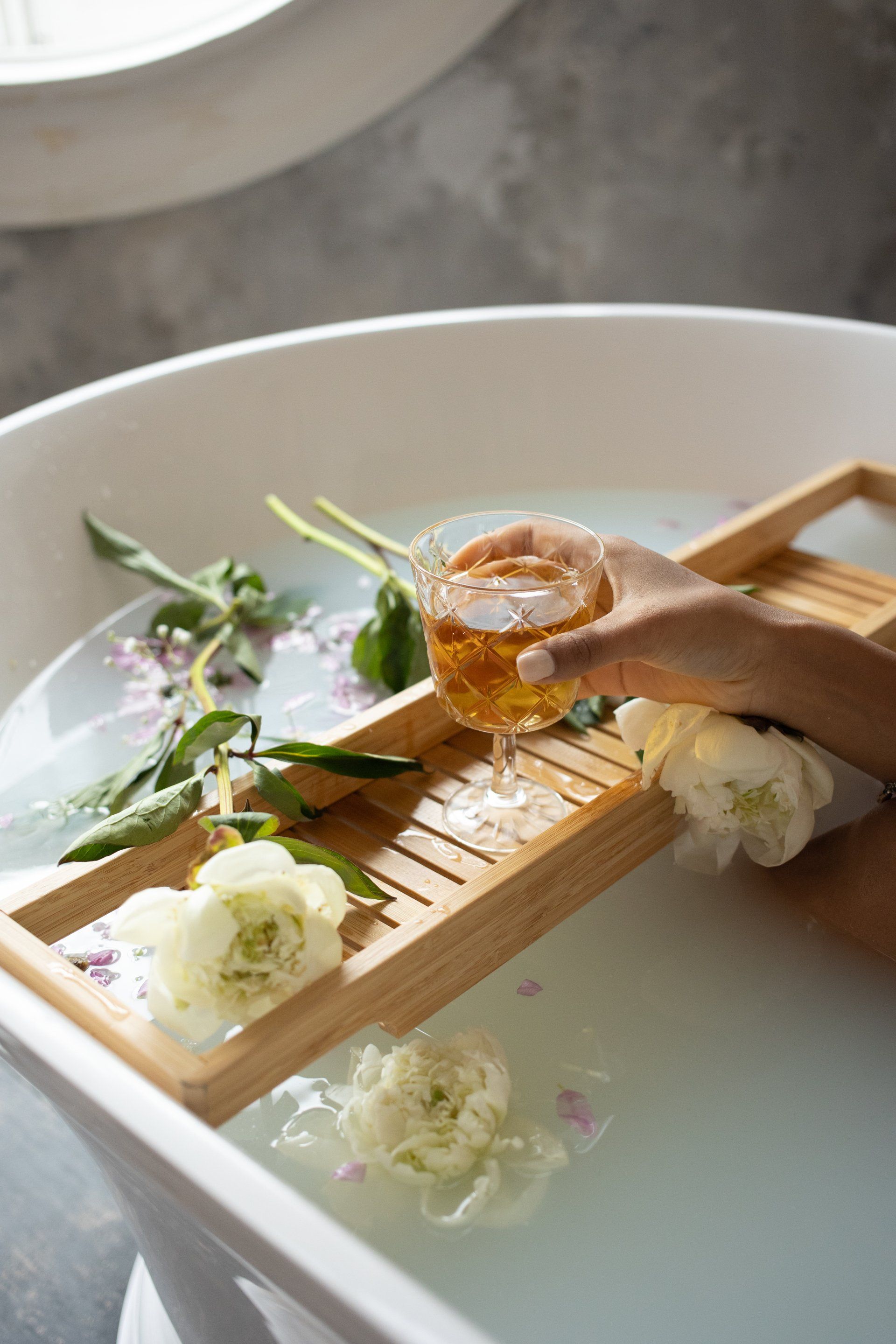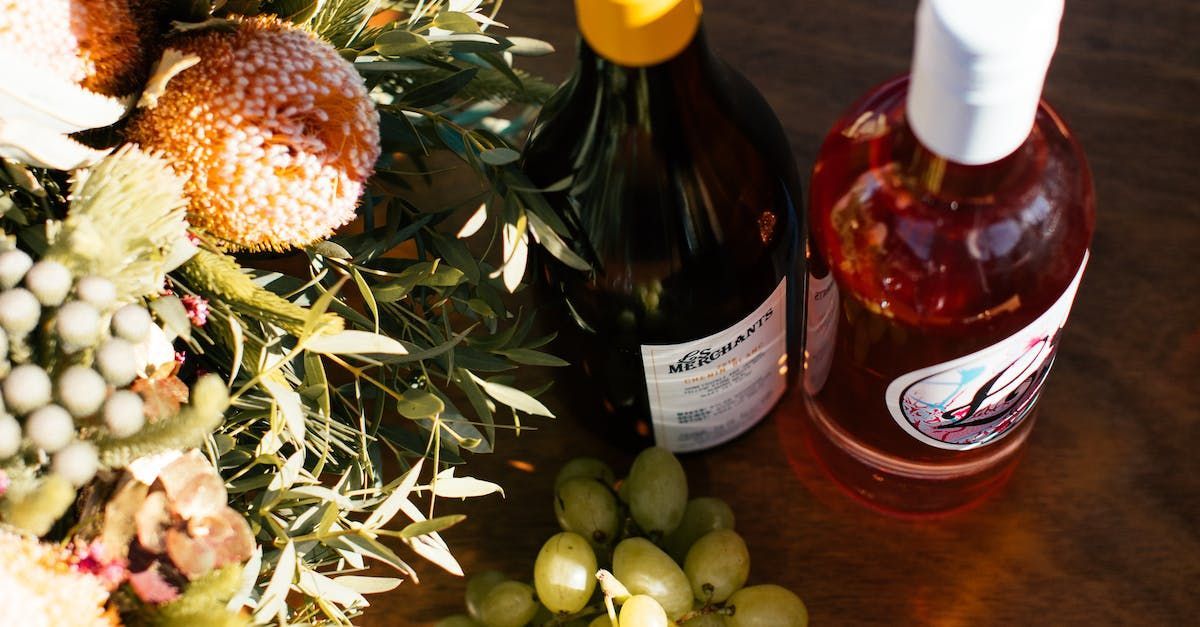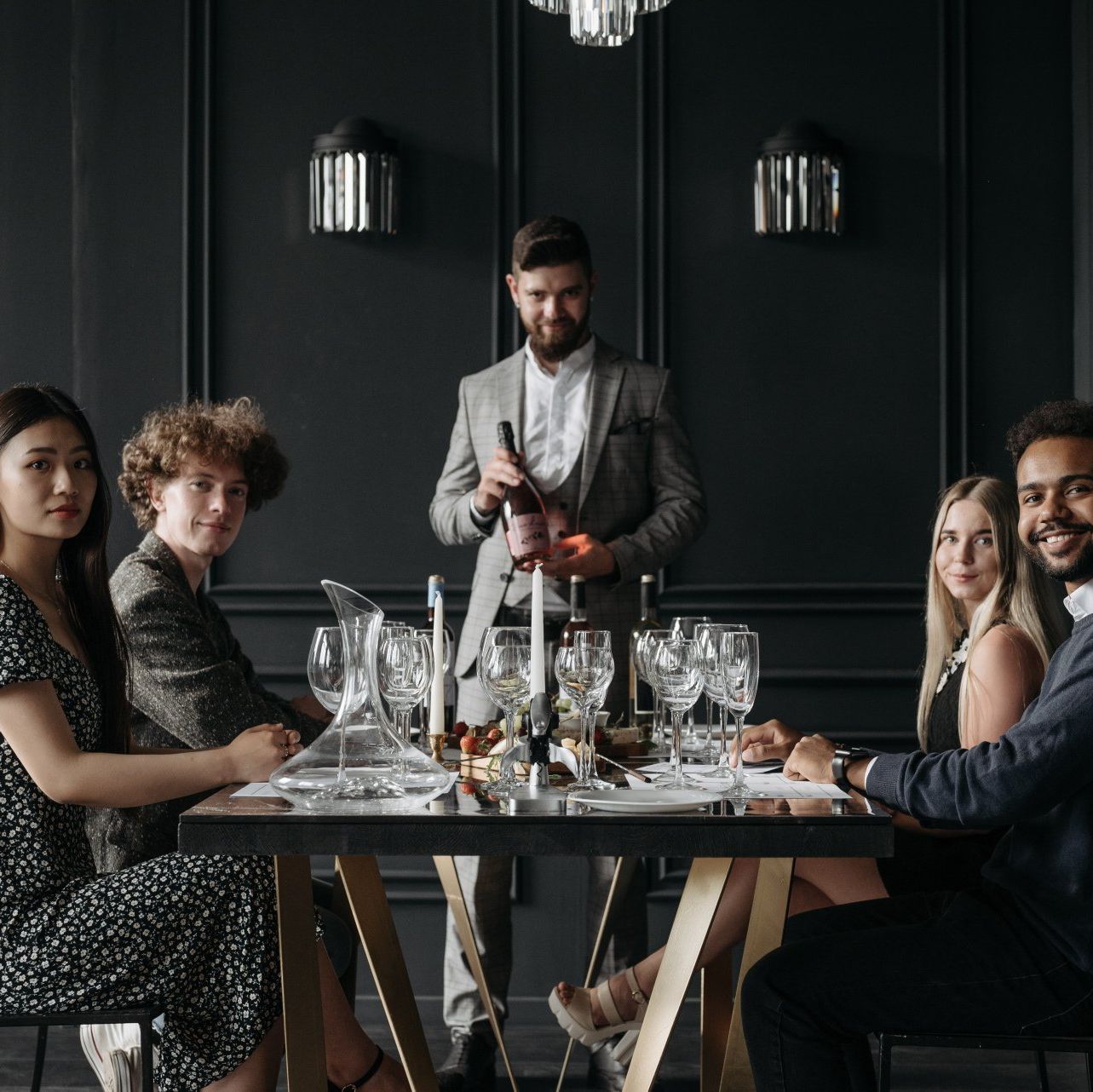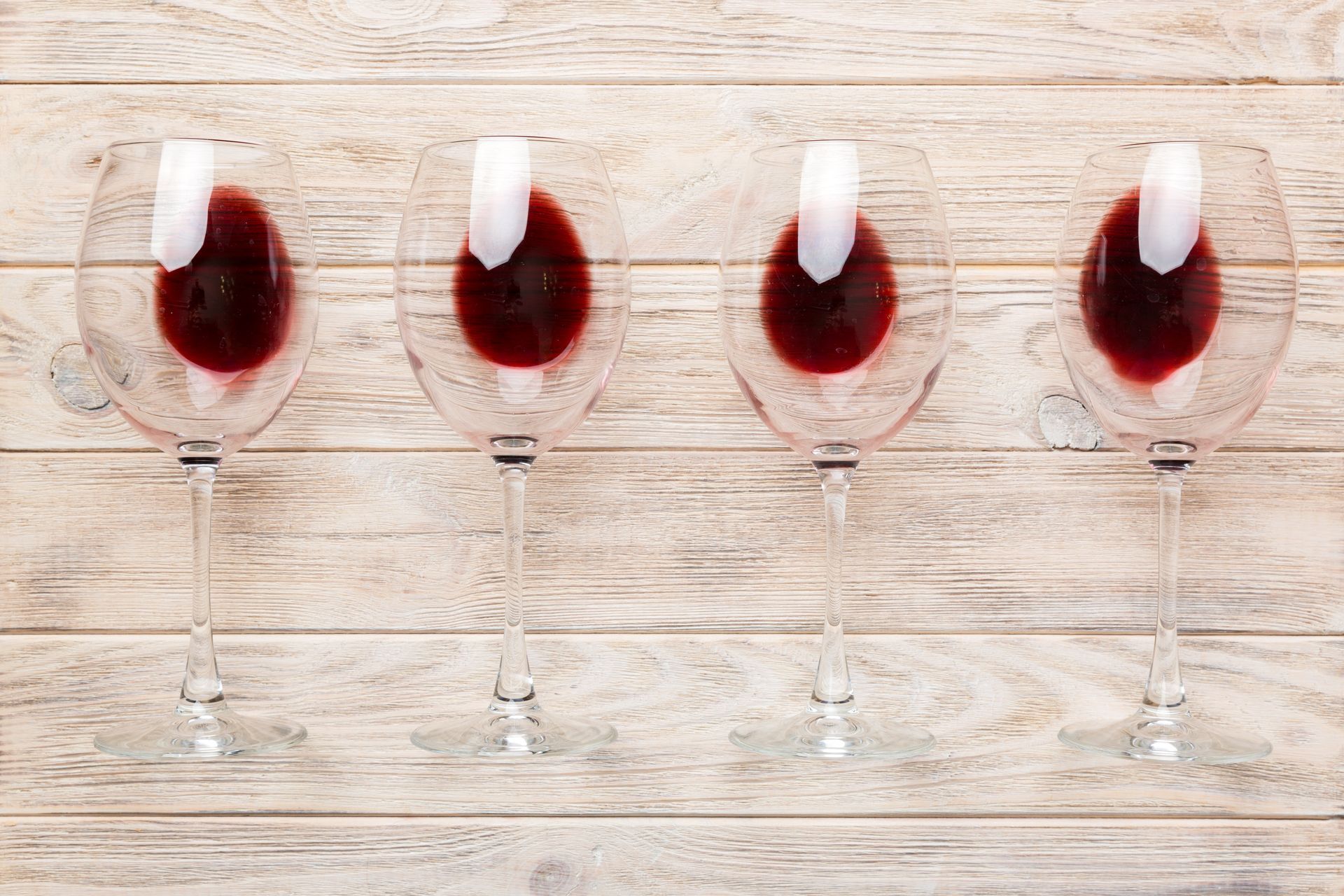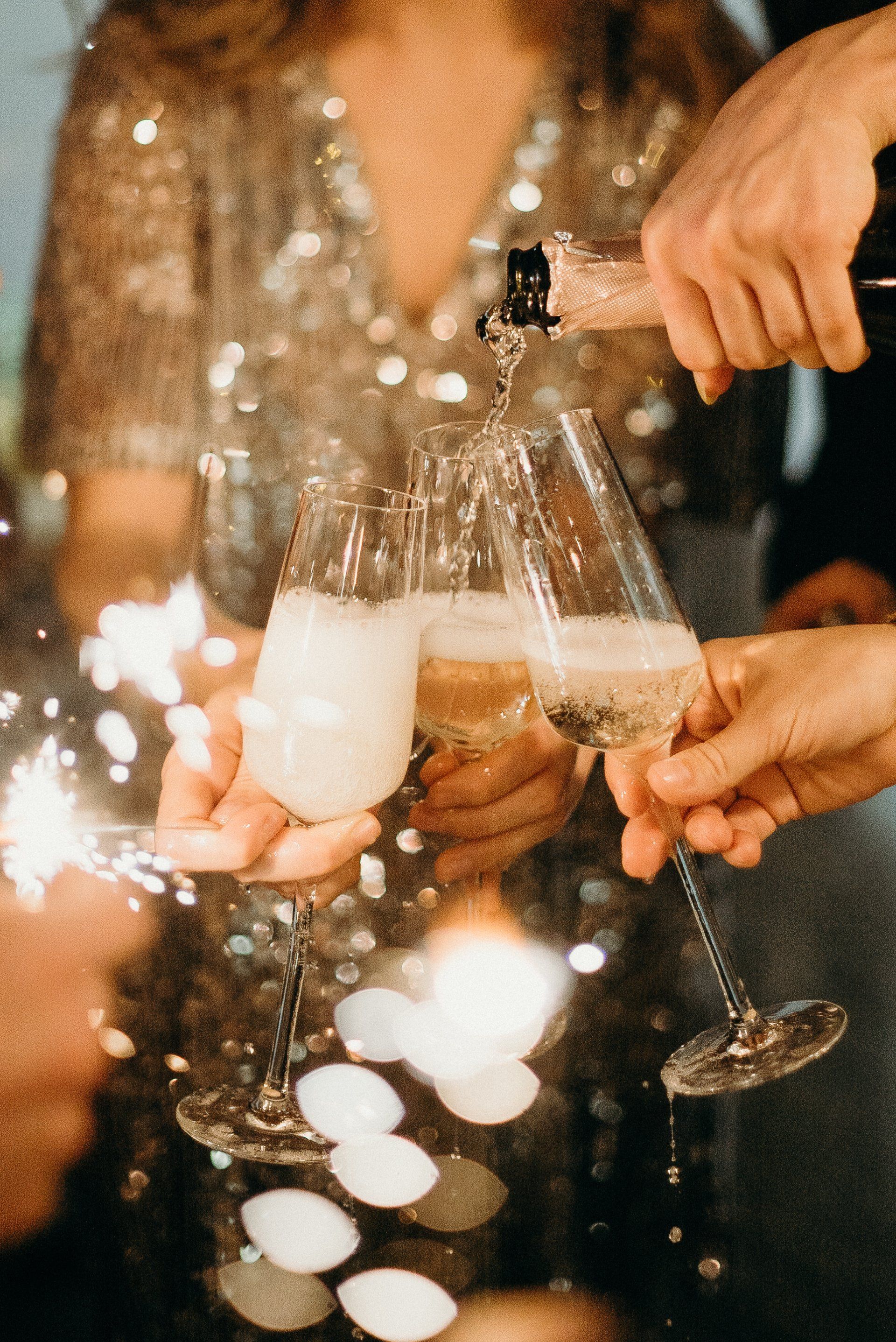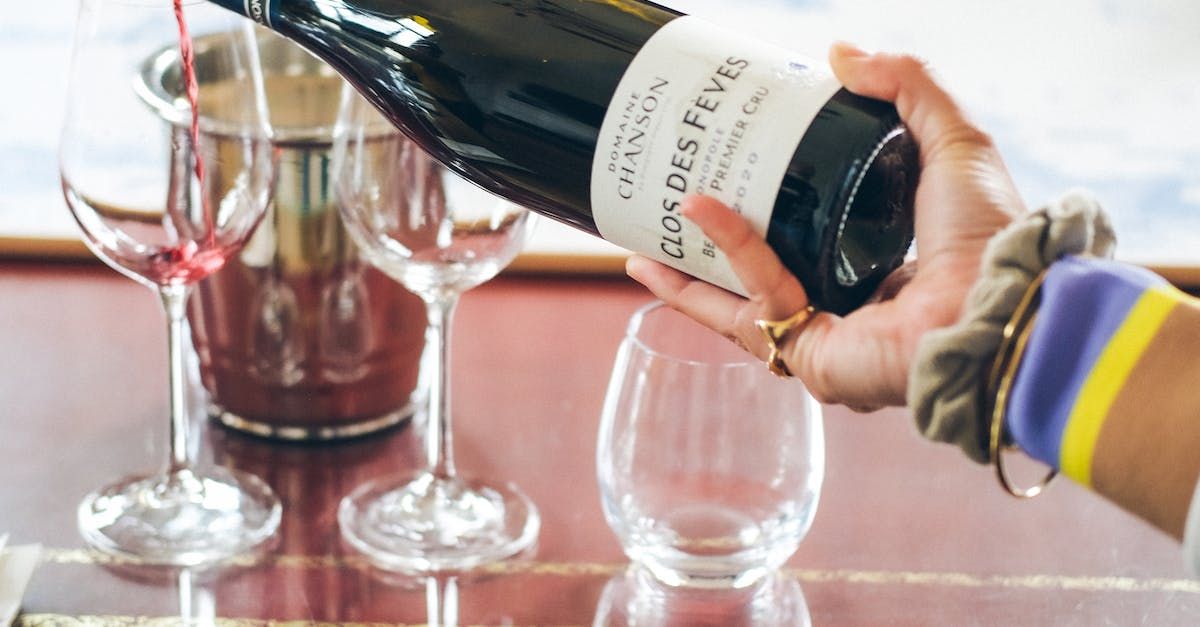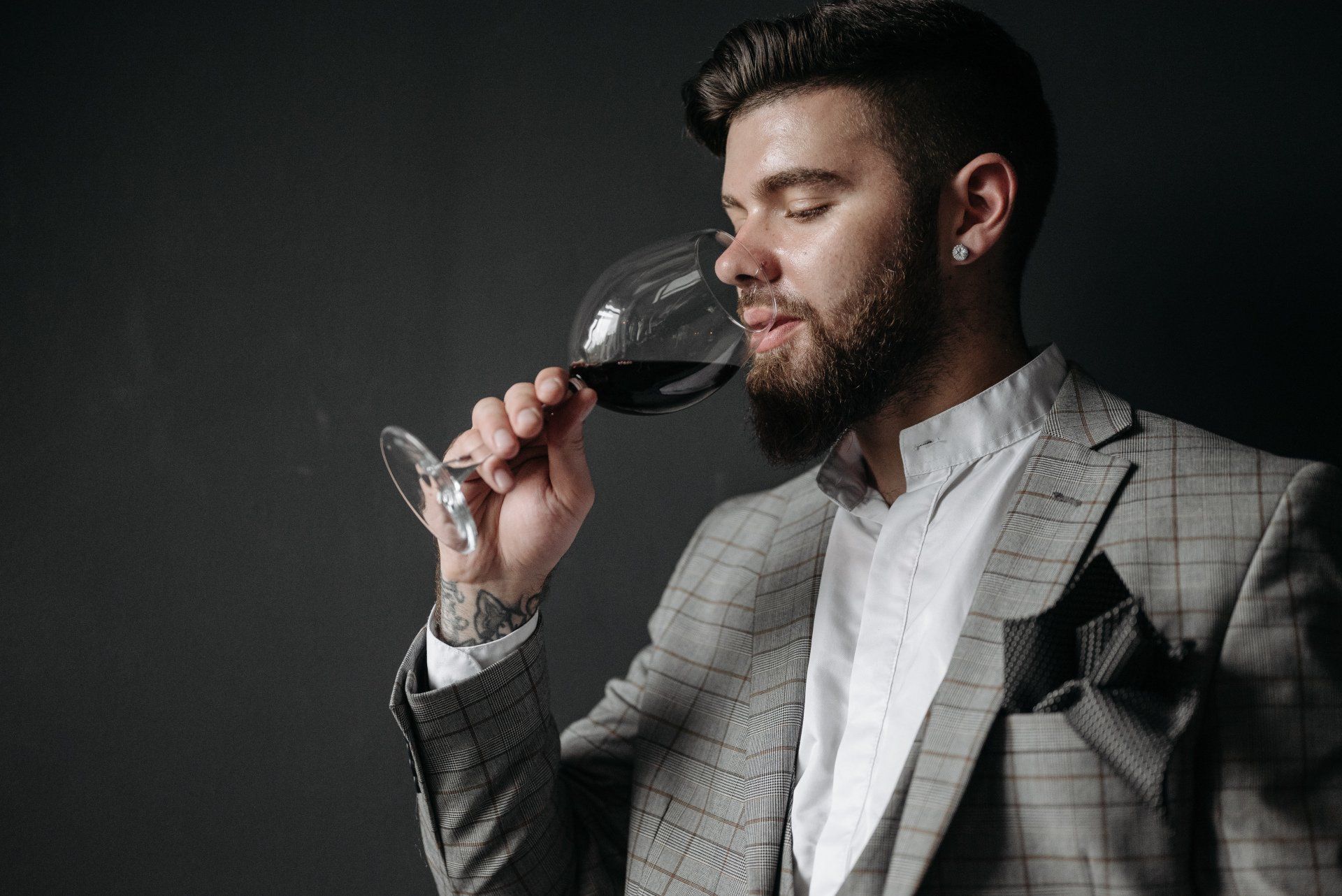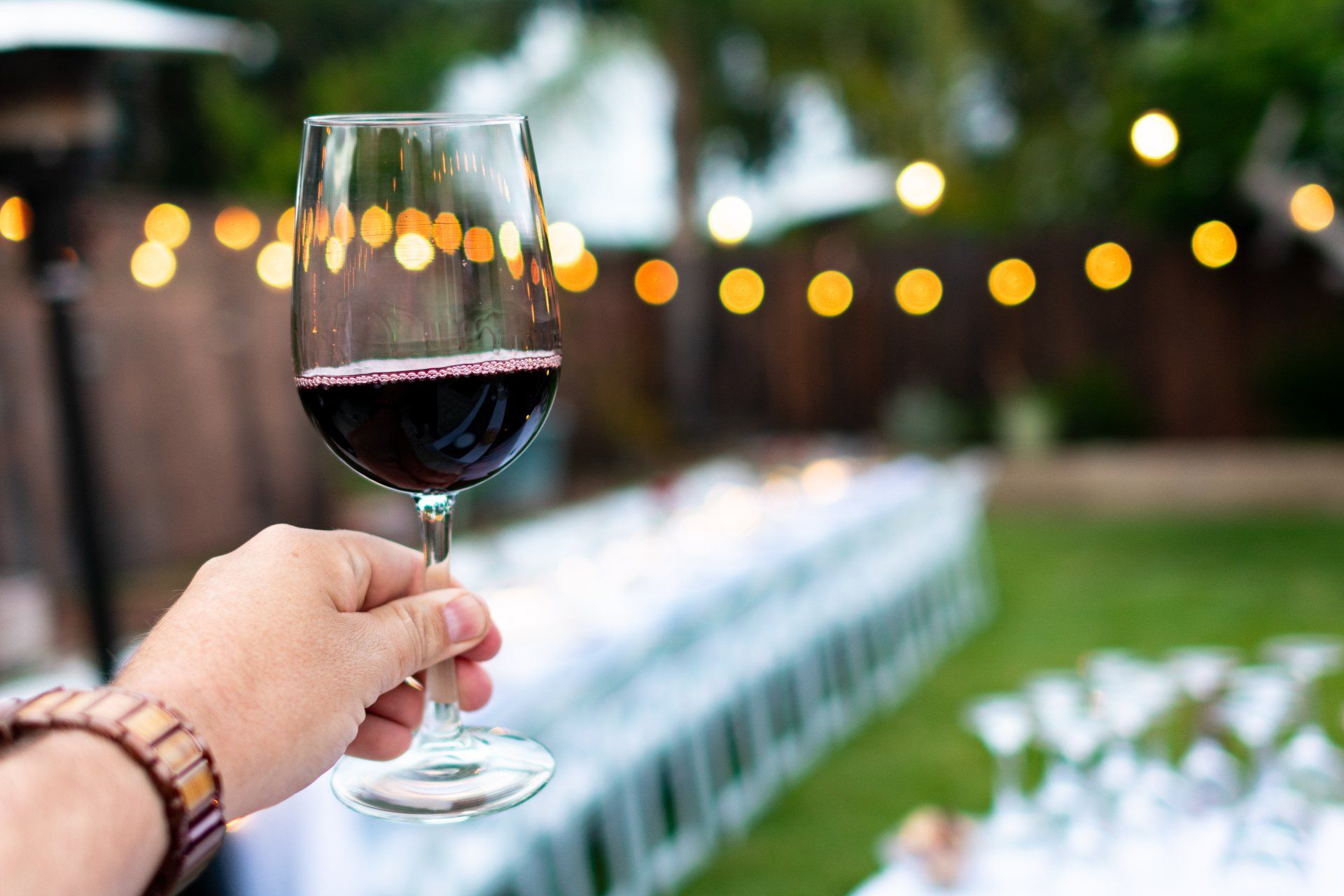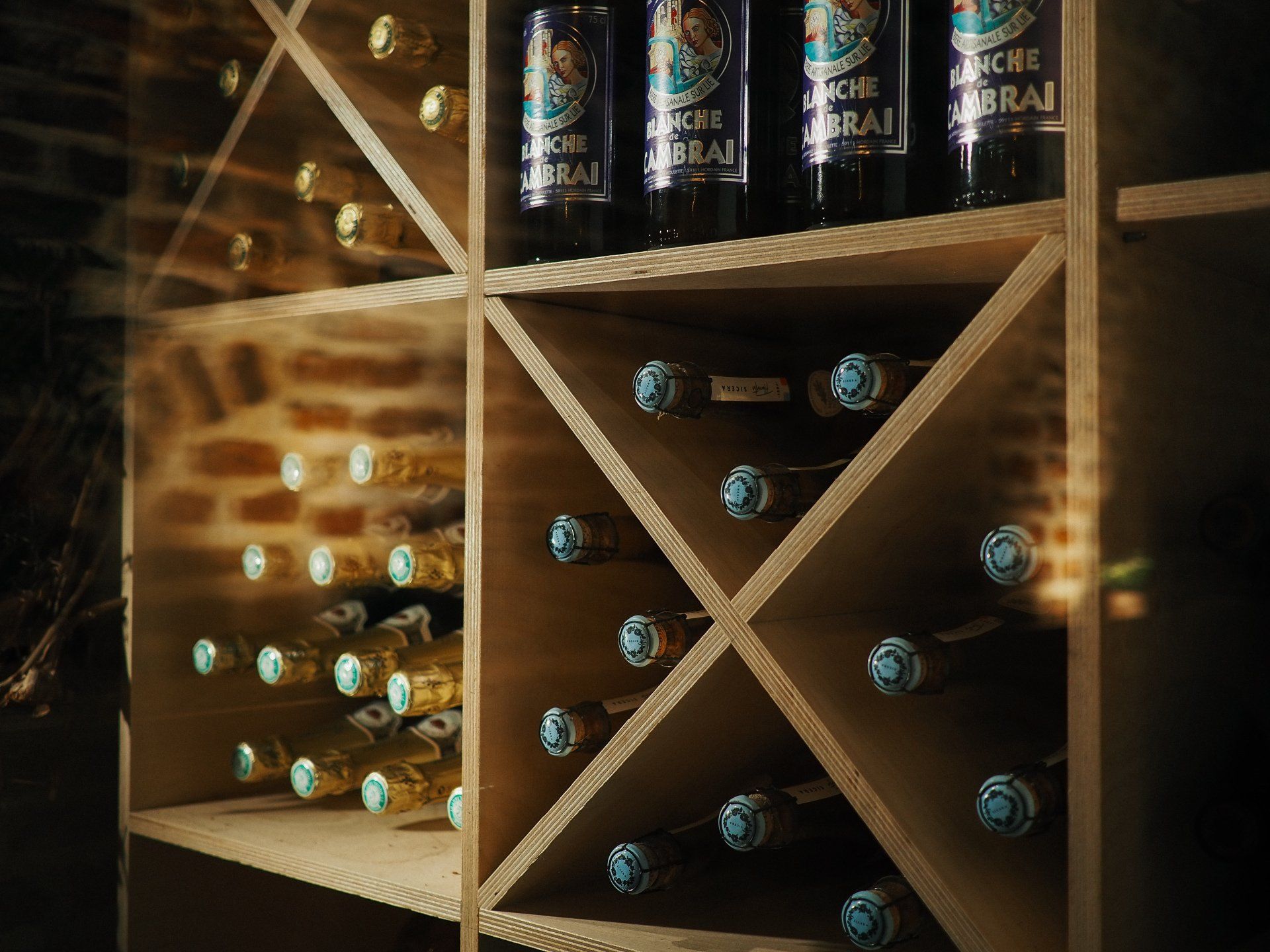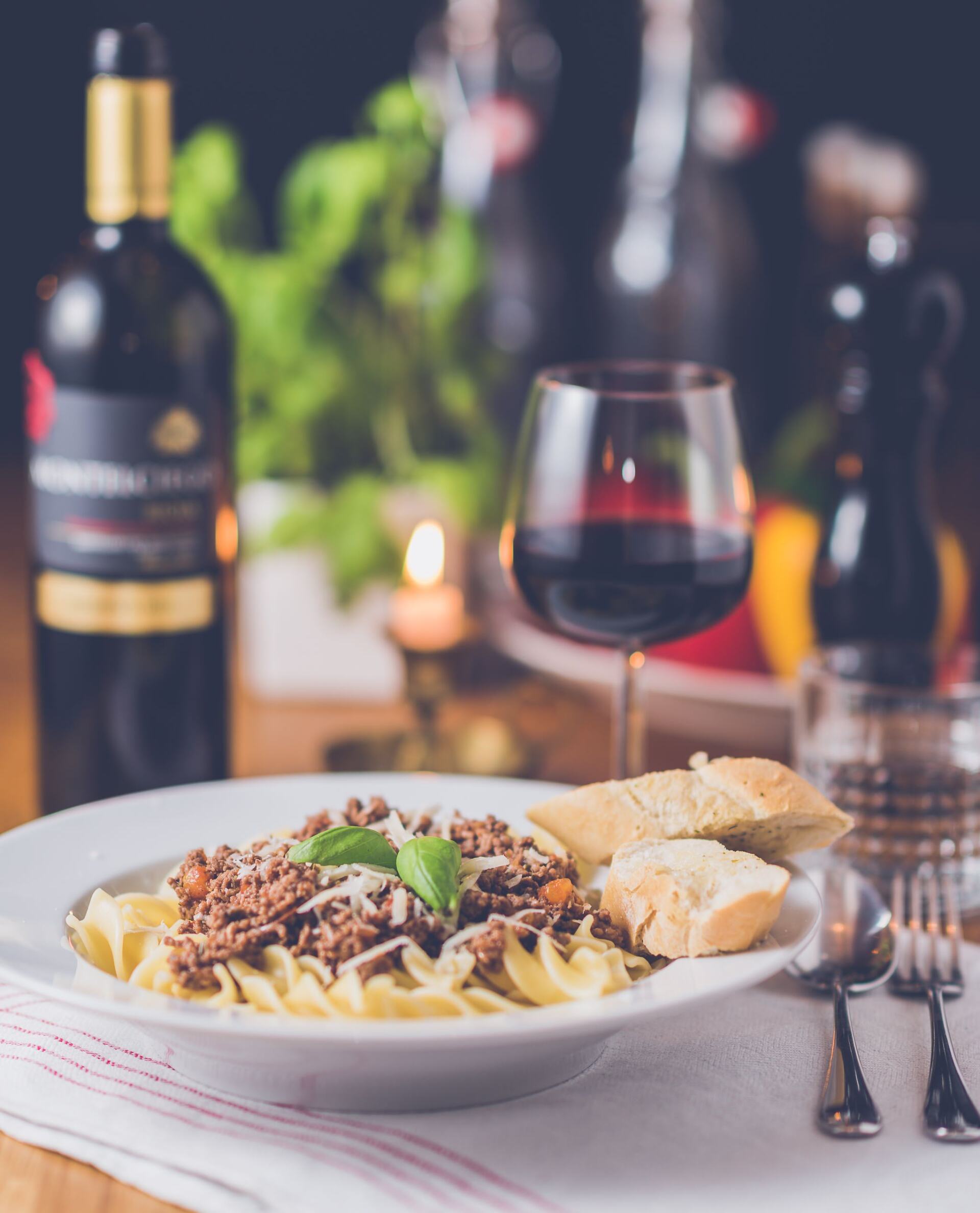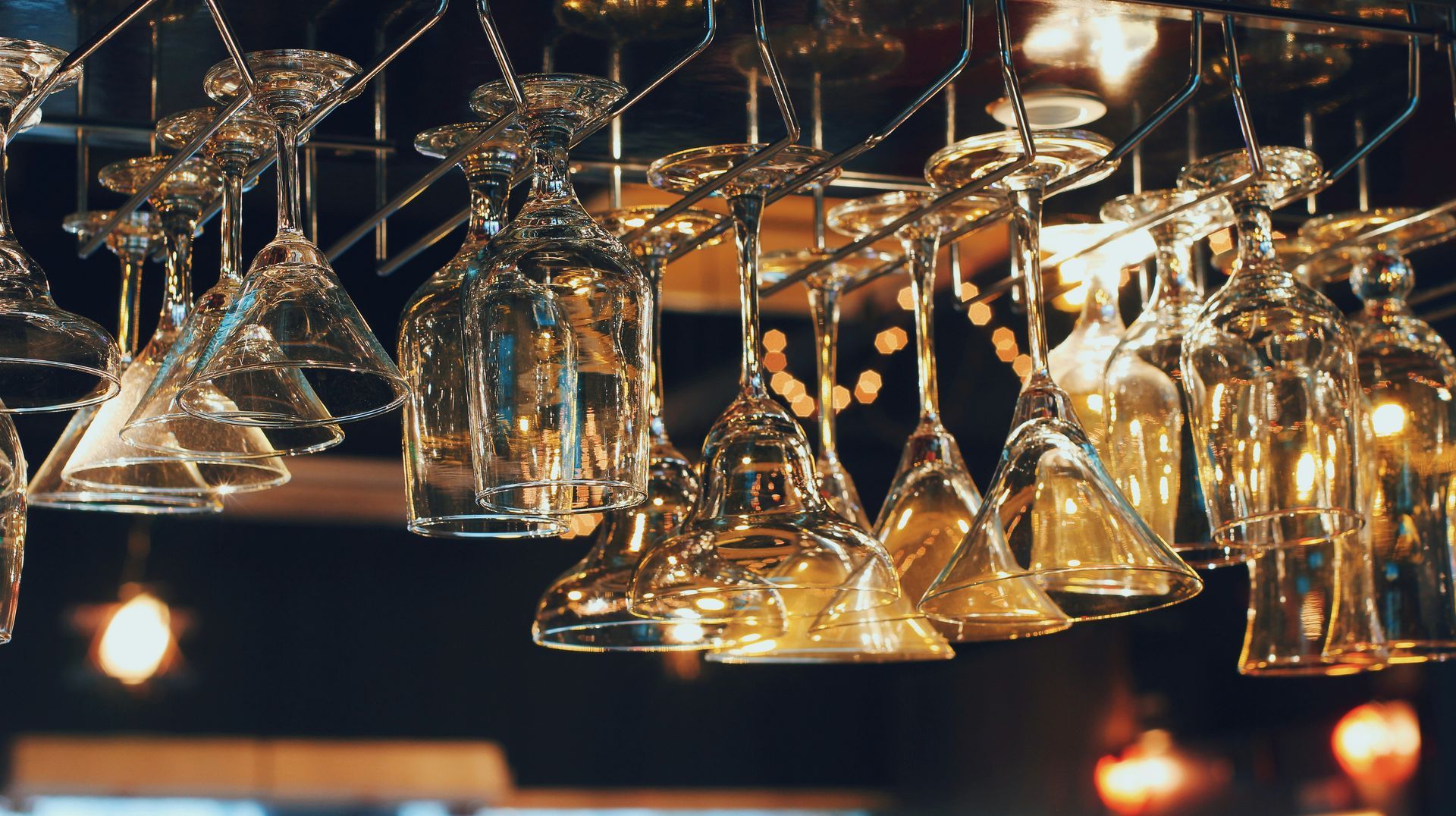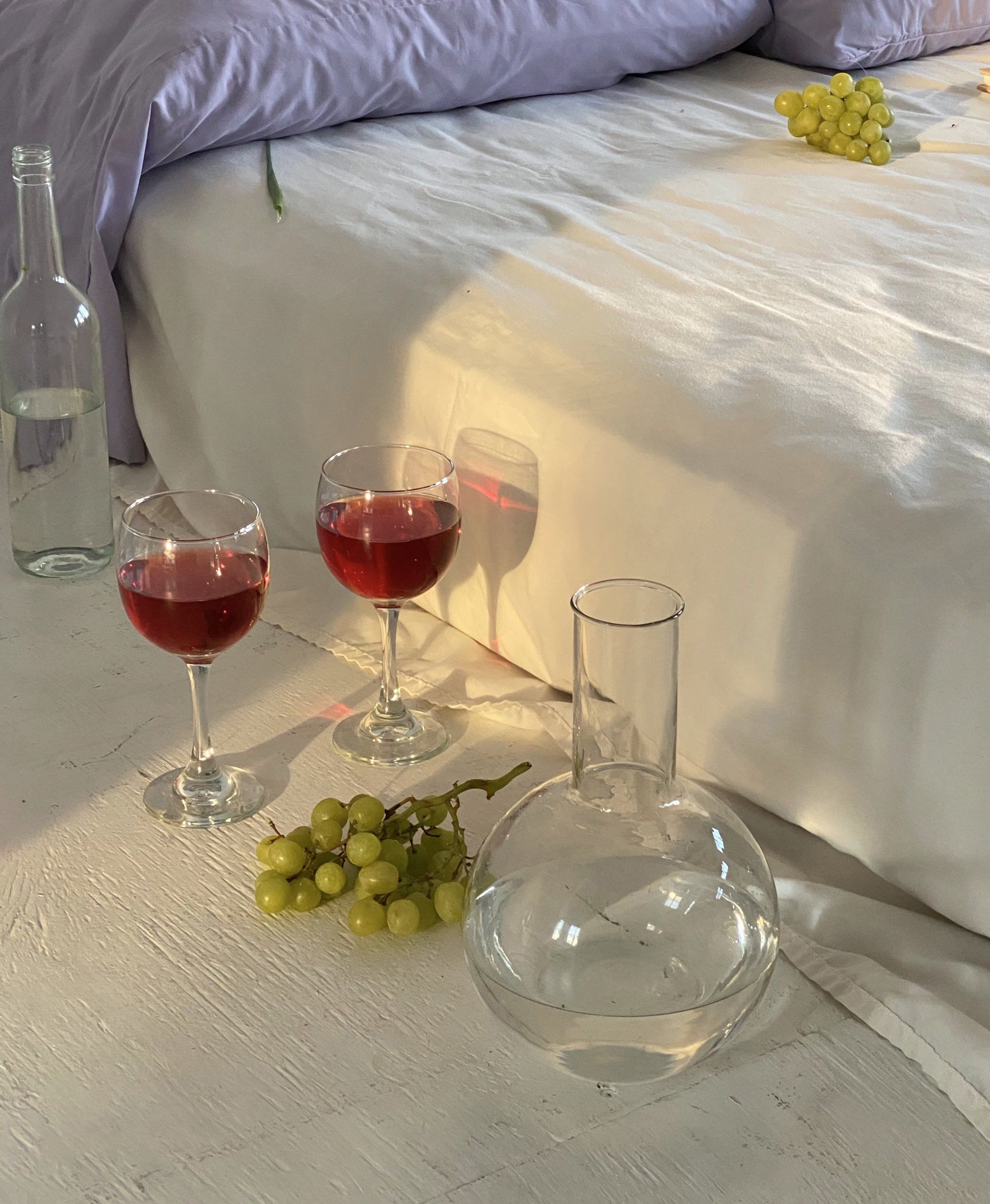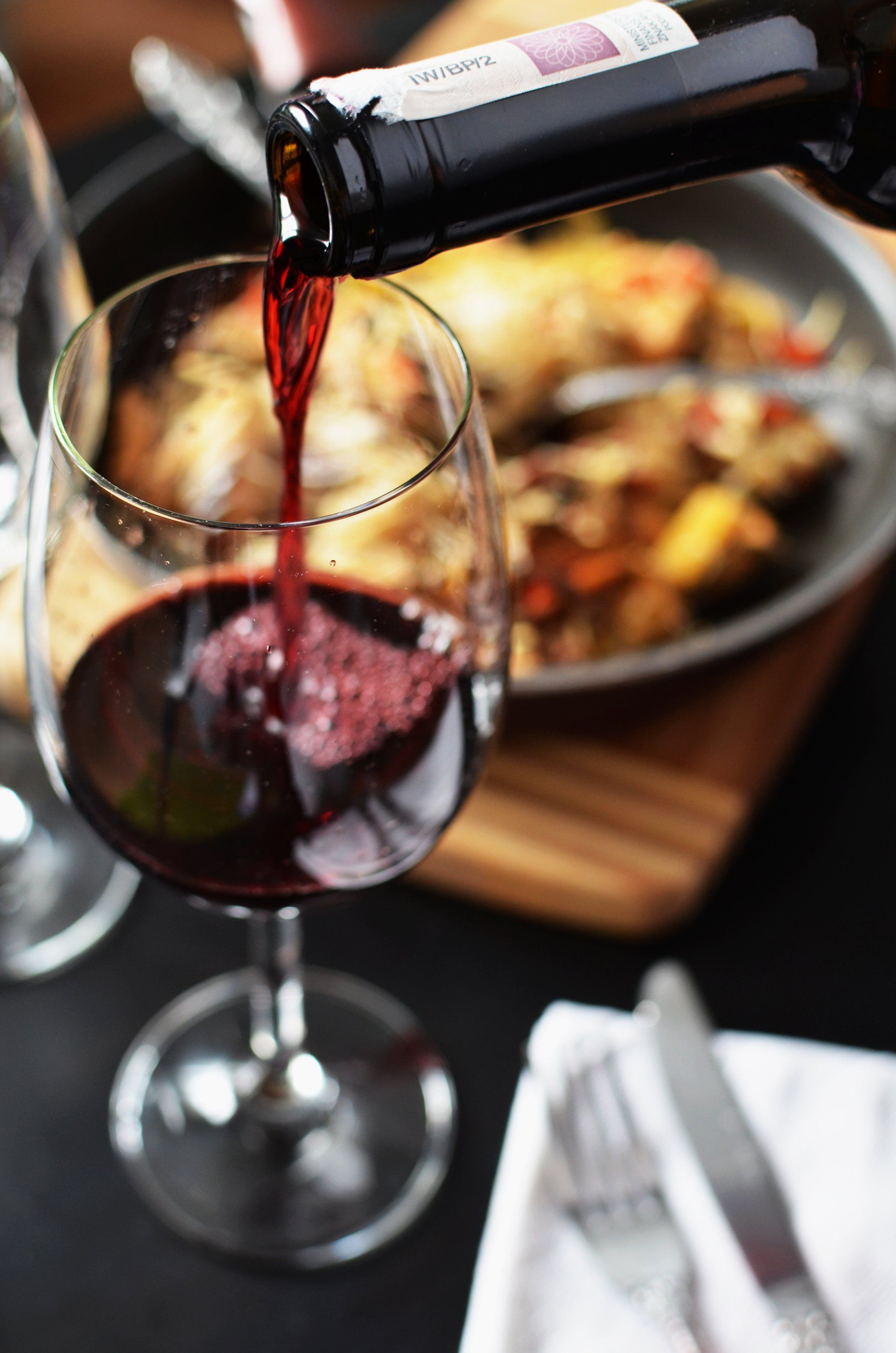Step into the world of wine and unlock a realm of flavors, aromas, and sensations that will transport you to a bygone era of sophistication and refinement. The art of the tasting, once reserved for the elite few, is now within your grasp. With advanced techniques at your disposal, you can elevate your wine experience to new heights, uncovering nuances and subtleties that will tantalize your palate. But where do you begin? How can you take your passion for wine to the next level? In this journey of discovery, we will explore the secrets of vertical tasting, blind tasting, aroma kits, food pairing, and sensory evaluation. Prepare to embark on a captivating adventure that will forever change the way you appreciate and savor every sip.
Vertical Tasting
Enhance your wine experience by delving into the world of vertical tasting, a sophisticated technique that allows you to explore the nuances and evolution of a specific wine varietal or vintage over multiple years. This advanced tasting technique is a journey through time, where you can witness the subtle changes that occur in a wine as it matures and develops.
When engaging in a vertical tasting, it is important to select a wine varietal or vintage that is known for its age-worthiness. This will ensure that you have the opportunity to witness the full spectrum of flavors and aromas that can emerge over time. By tasting different vintages side by side, you can gain a deeper understanding of how the wine evolves, as well as the impact of factors such as climate, soil, and winemaking techniques.
During a vertical tasting, pay close attention to the color, aroma, and taste of each wine. Notice how the wine's hue may change from year to year, indicating the effects of oxidation and aging. Inhale the bouquet and identify the subtle nuances that emerge as the wine matures. Take note of the flavors on your palate, ranging from vibrant and fruity in younger vintages to more complex and integrated in older ones.
Vertical tasting is a truly enlightening experience that allows you to appreciate the artistry and craftsmanship behind winemaking. By exploring the evolution of a wine over time, you can enhance your wine tasting skills and develop a deeper appreciation for the complexities of the vineyard. So, embark on this journey and discover the wonders that a vertical tasting has to offer.
Blind Tasting
Aroma Kits
To elevate your wine tasting experience to new heights, consider incorporating aroma kits into your exploration of wine. Aroma kits are specially designed tools that help you identify and distinguish the various aromas found in wine. By training your sense of smell, you can enhance your ability to detect and appreciate the intricate nuances of different wines.
An aroma kit typically consists of small vials filled with concentrated scents commonly found in wines. These scents can range from fruits like blackberries and cherries to earthy aromas like tobacco and leather. By experiencing these scents individually, you can begin to recognize them when they are present in a glass of wine.
Using an aroma kit is a simple yet effective way to develop your olfactory senses. By familiarizing yourself with the different scents, you can better understand the complexities of wine and improve your ability to describe and appreciate its aromas.
To give you an idea of the scents commonly found in an aroma kit, here is a table showcasing some examples:
Food Pairing
One way to elevate your wine tasting experience and truly unlock the flavors of a wine is through the art of food pairing. Pairing the right food with a specific wine can enhance the taste, balance the flavors, and create a harmonious dining experience. Here are four key points to consider when it comes to food pairing:
1. Complementing Flavors: Choose foods that complement the flavors of the wine. For example, a full-bodied red wine pairs well with rich, savory dishes like grilled steak or aged cheese. The bold flavors of the food help to enhance the complex notes in the wine.
2. Contrasting Textures: Consider the texture of both the wine and the food. A crisp, acidic white wine can cut through the richness of a creamy pasta dish, creating a delightful contrast of flavors and textures.
3. Balancing Sweetness: When pairing with sweet wines, it's important to balance the sweetness of the wine with the sweetness of the food. For example, a dessert wine pairs well with a slice of decadent chocolate cake or a fruity tart.
4. Regional Pairings: Explore the regional cuisine of the wine you are tasting. Wines from specific regions often pair well with the traditional dishes of that area. For example, a Spanish Rioja pairs beautifully with paella, a classic Spanish dish.
Sensory Evaluation
Enhance your wine experience by engaging in the sensory evaluation of each sip, allowing you to fully appreciate the intricate aromas, flavors, and textures of the wine. The art of sensory evaluation involves using all your senses to analyze and understand the wine in front of you. By actively engaging your sight, smell, taste, touch, and even sound, you can unlock a whole new level of enjoyment and understanding.
To help you navigate the sensory evaluation process, here is a handy table that outlines the key aspects to consider in each category:
When evaluating the wine's appearance, pay attention to its color, clarity, and viscosity. A deep, vibrant color could indicate a full-bodied red wine, while a pale, golden hue might suggest a light-bodied white wine. The aroma of the wine can reveal a wealth of information about its origins and winemaking techniques. Take note of the intensity and complexity of the aromas, from fruity and floral notes to earthy and spicy undertones. When you take your first sip, allow the flavors to dance on your palate. Consider the balance between sweetness, acidity, and bitterness, as well as the overall structure of the wine. The mouthfeel and texture also play a crucial role in the sensory evaluation process. Is the wine light and crisp, or rich and velvety? Finally, pay attention to any audible cues, such as the sound of bubbles in a sparkling wine or the satisfying pour of liquid into a glass.
Frequently Asked Questions
